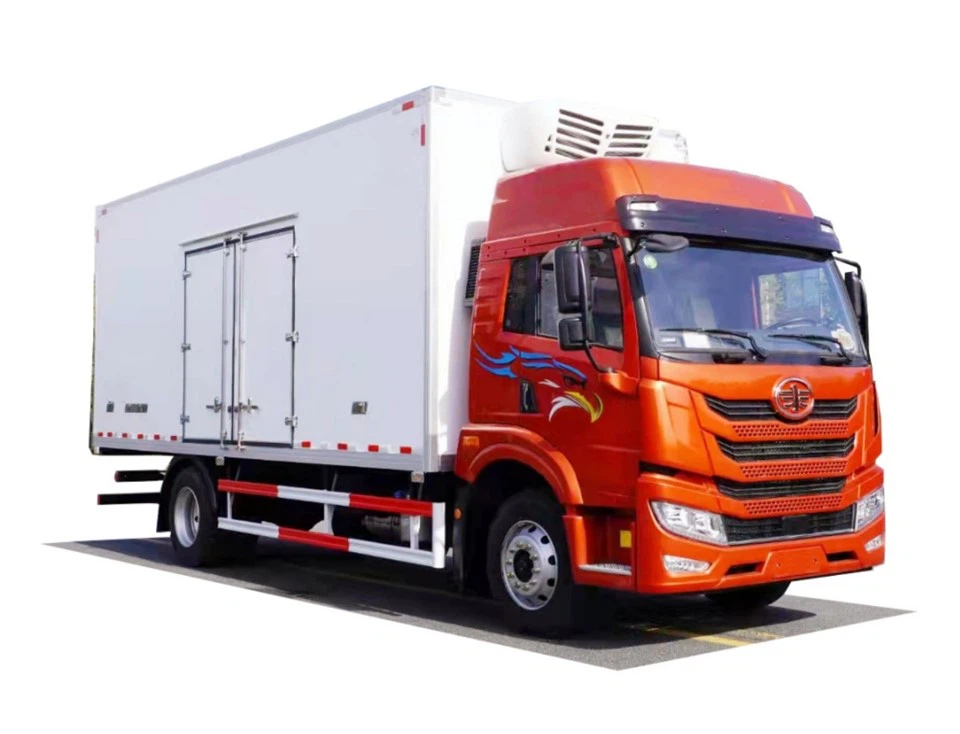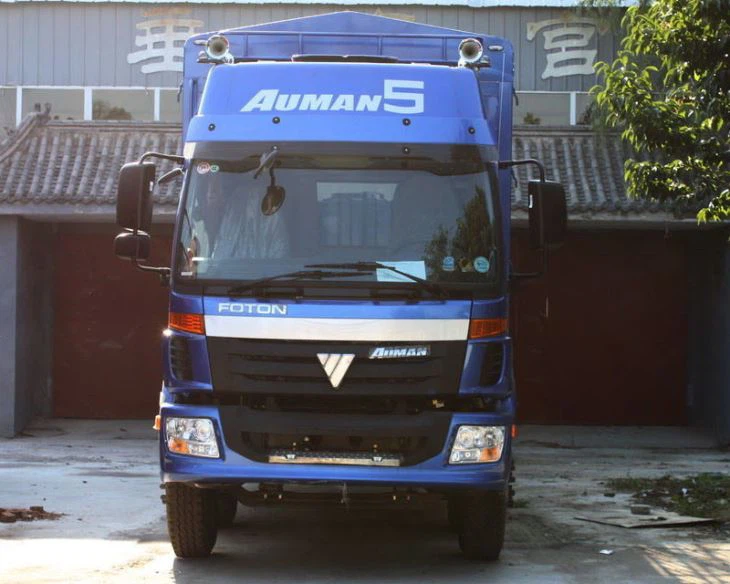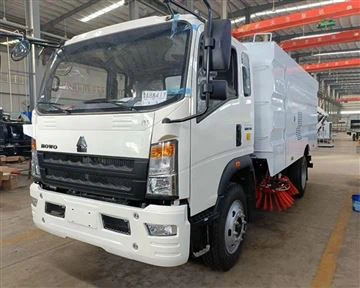Trash Wheels: Revolutionizing Waste Management and Clean Waterways

Adopting innovative solutions to tackle pollution and waste management challenges is essential in today’s environmentally-conscious world. Trash wheels have emerged as a remarkable innovation in this area, effectively combining engineering and ecological awareness. This article delves into the concept of trash wheels, their functioning, benefits, applications, and much more.
What are Trash Wheels?
Trash wheels are automated, water-powered devices designed to capture debris and litter from rivers, canals, and other water bodies before it reaches larger bodies of water like oceans. They typically consist of large rotating wheels with floating arms that scoop up trash, which is then deposited into a holding area for proper disposal. This innovative system not only enhances water quality but also serves as a critical tool for preventing pollution.
The Mechanics of Trash Wheels
How Does a Trash Wheel Work?
Trash wheels operate through a combination of mechanical engineering and gravity. The core components include:
- Floatation Mechanism: The structure of the trash wheel allows it to float on water.
- Rotating Wheels: These large wheels rotate slowly to scoop debris from the water’s surface as they turn.
- Conveyor Belt: Once collected, the trash is transported via a conveyor belt to a secure holding area.
- Power Source: Most trash wheels are powered by the movement of water, making them environmentally friendly.
Design Variations of Trash Wheels
Trash wheels can come in various designs adapted to specific environments and waste types. Here are some popular variations:
| Design Type | Application | Specific Features |
|---|---|---|
| Floating Trash Wheel | Rivers and Lakes | Dynamic adaptation to changing water levels |
| Stationary Trash Wheel | Canals | Fixed structure with high-gathering capacity |
| Portable Trash Wheel | Remote Areas | Easy transport and deployment |
Benefits of Trash Wheels
Environmental Advantages
Implementing trash wheels significantly contributes to environmental conservation:
- Reduced Water Pollution: By capturing trash before it reaches open waters, trash wheels minimize water pollution.
- Wildlife Protection: Clean waterways enhance habitat conditions for aquatic life.
- Community Awareness: The presence of trash wheels raises local awareness about littering and environmental responsibility.

Cost-Efficiency and Sustainability
Trash wheels represent a cost-effective solution in waste management:
- Low Operating Costs: Their reliance on natural water movement reduces operational expenses.
- Long Lifespan: Made from durable materials, trash wheels can operate for extended periods with minimal maintenance.
Real-World Applications of Trash Wheels
Case Study: The Baltimore Trash Wheel
Perhaps the most famous example of trash wheels is the “Mr. Trash Wheel” in Baltimore, Maryland. Since its installation in 2014, Mr. Trash Wheel has collected over 1.5 million pounds of trash and debris from the Jones Falls River. This initiative has inspired similar projects in other cities and highlighted the effectiveness of trash wheels.
Global Initiatives
Several other cities worldwide have adopted trash wheels to address local waste problems:
- Los Angeles: Installed a series of trash wheels in storm drains to prevent debris from entering the ocean.
- Paris: Enhanced the cleaning process of their Seine River using modern trash wheels.
Practical Tips for Implementing Trash Wheels
Assessing Local Needs
Before implementation, it’s essential to assess local waterways and pollution levels. Conduct surveys to determine:
- The types and volume of waste in the area.
- The most affected locations.
Engaging Community Support
Community involvement is crucial for the success of any waste management project:
- Organize local clean-up events to raise awareness.
- Create educational programs in schools about the impact of pollution.
Collaborating with Local Governments
Partnerships with local governments can streamline implementation and maintenance:
- Seek grants or funding to support the project.
- Work with environmental agencies for guidance and expertise.
Challenges in the Adoption of Trash Wheels

Operational Challenges
Some challenges may arise during the installation and operational phases:
- Variable Water Levels: Changes in water levels can impact the effectiveness of the device.
- Debris Composition: Heavy or hazardous materials can pose a risk to the system.
Societal Attitudes Toward Waste Management
Changing societal perspectives on littering is crucial:

- Implement outreach campaigns to educate the public on the consequences of improper waste disposal.
- Promote personal responsibility regarding waste management.
Future of Trash Wheels
As technology evolves, the future of trash wheels looks promising. Innovations may lead to enhanced designs, improved materials, and integration with smart systems for real-time monitoring and data collection.
Frequently Asked Questions (FAQ)
What types of waste can trash wheels collect?
Trash wheels are designed to collect various types of floating waste, including plastic bottles, food wrappers, and organic debris.
How much waste can a trash wheel collect?
The collection capacity varies by design, but many trash wheels can collect hundreds of tons of waste annually.
Where are the most successful trash wheels located?
Some of the most successful trash wheels can be found in Baltimore, Los Angeles, and Paris, significantly reducing local water pollution.
Are trash wheels effective in all waterways?
While trash wheels are effective in many settings, their success depends on local conditions, such as water flow and debris types.
How do trash wheels help prevent ocean pollution?
By capturing debris before it washes into large bodies of water, trash wheels help reduce the volume of litter entering the ocean, which is essential for marine health.
What maintenance do trash wheels require?
Regular maintenance is needed to ensure proper operation, including clearing out collected waste, inspecting mechanical components, and addressing any potential blockages.
